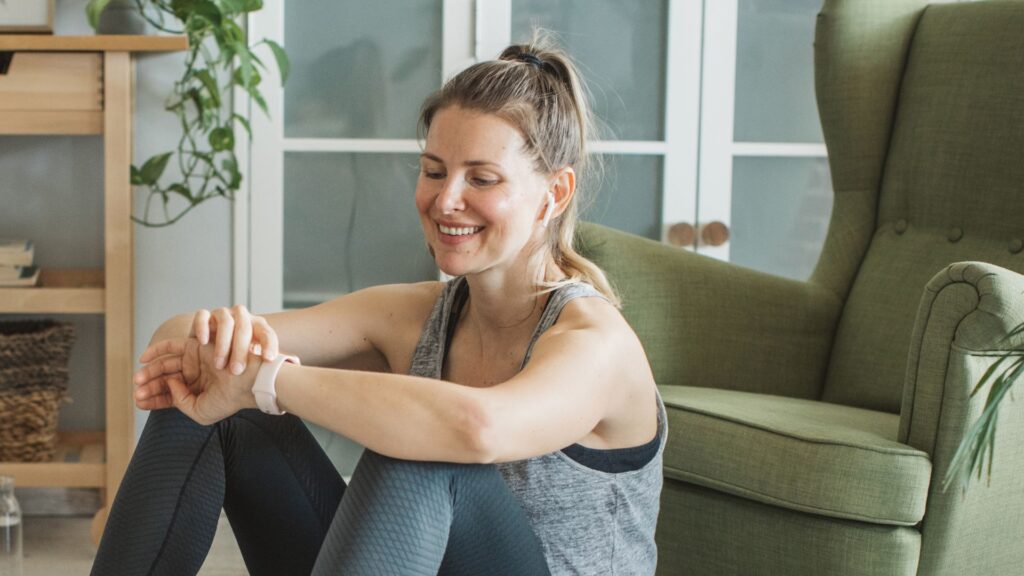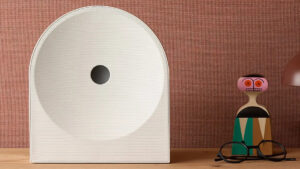
The good morning exercise, often overshadowed by more popular movements like the deadlift, is gaining recognition for its effectiveness in building strength, particularly in the glutes. This exercise requires stabilizing the upper body and engaging the core, similar to the deadlift, but with a unique focus on the glutes in a lengthened position. For those looking to diversify their strength training routine, the good morning exercise is a recommended addition.
Harriet Harper, a certified personal trainer and strength specialist, emphasizes the value of this compound movement. “Good mornings can also be done anywhere. A barbell is best for home workouts, but I’d suggest using a Smith machine at the gym,” she advises. Harper’s endorsement highlights the exercise’s versatility and accessibility, making it suitable for various fitness levels and environments.
Understanding the Good Morning Exercise
The good morning exercise targets the glutes and involves a hip-hinge movement pattern. According to Harper, this involves pushing the glutes backward, aiming for an almost horizontal position. “It’s very similar to the Romanian deadlift (RDL),” Harper explains. “The main difference is where we place the barbell or hold the weight. With the good morning, we place it on our back in a ‘low bar’ position, resting on our rear delts.”
Unlike the RDL, the good morning exercise places a primary focus on the glutes, making it an excellent choice for those aiming to strengthen their backside without overworking their legs. This specificity is particularly beneficial for individuals seeking to enhance their glute strength while minimizing fatigue in other muscle groups.
How to Perform the Good Morning Exercise
To execute the good morning exercise effectively, follow these steps:
- Tuck yourself under a barbell, ensuring it sits comfortably just under your rear shoulder muscles.
- Position your feet shoulder-width apart with a soft bend in your knees.
- Grip the bar, squeeze your shoulder blades together, and engage your core.
- Push your glutes back slowly and controlled, as if pressing a button on the back wall of the room.
- Continue until you feel a stretch or if your back begins to round, marking the end of the movement.
- Maintain a straight back throughout the exercise.
- Squeeze your glutes and return to the starting position.
Expert tip: “You don’t need to come super low. The point of the exercise is to lengthen the glute muscles, so we really want to focus on driving the hips back whilst keeping a neutral spine,” Harper advises. “Ensure your neck aligns with your spine and keep the core braced throughout.”
The Muscles Worked and Benefits
The good morning exercise engages the entire posterior chain, including the glutes, erector spinae (lower back), rhomboids, trapezius (upper back), latissimus dorsi (back), core muscles, and calves. This comprehensive engagement of muscles offers several benefits:
Key Benefits:
- Boosts strength in key muscle groups supporting daily movements.
- Improves posture by strengthening muscles that align the spine.
- Reduces the risk of injury during activities like walking, cycling, or running.
Strengthening these muscles can make everyday activities, such as climbing stairs or standing up from a chair, feel easier. The benefits of the good morning exercise extend into later life, promoting better posture and reducing injury risks.
Comparing Good Mornings and Romanian Deadlifts
While both exercises are valuable, they serve different purposes. Good mornings focus almost exclusively on the glute muscles, with the lower back and hamstrings providing stability. In contrast, the Romanian deadlift recruits the quadriceps, hamstrings, lower back, and glutes more evenly.
For beginners, the RDL may be more approachable due to its simpler movement pattern, as the weights are held by the sides instead of behind the head. “Most people won’t be able to lift as heavy in the good morning as they would in the RDL due to the bar placement,” Harper notes.
When it comes to boosting balance and stability, good mornings have an edge because they require more core engagement. However, any hip-hinge exercise will challenge your balance. For those looking to incorporate upper body strength, the RDL is advantageous as it requires more work from the lat muscles.
Equipment Considerations
For those training at home with limited equipment, the RDL might be preferable due to the ease of positioning free weights. However, Harper suggests that a Smith machine is ideal for good mornings, as it’s easy to load and provides a safe setup.
While it’s possible to perform good mornings with dumbbells by holding them behind each shoulder, Harper cautions that it may not be comfortable or allow for the same muscle stretch as a barbell setup.
In conclusion, the good morning exercise is a powerful yet underrated tool in strength training. Its ability to target the glutes and engage the posterior chain makes it a valuable addition to any workout routine. As more fitness enthusiasts discover its benefits, the good morning exercise may soon take its rightful place alongside the more celebrated movements in the gym.







